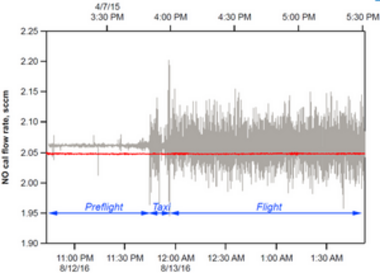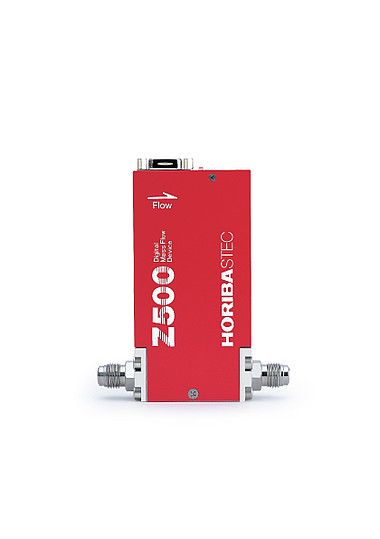HORIBA has extended its capability to go beyond its traditional semiconductor base to benefit world-leading High Altitude Atmospheric research into environmental conditions and trends.
Scientists from National Oceanic & Atmospheric Administration (NOAA) and the Cooperative Institute for Research in Environmental Sciences at the University of Colorado Boulder (CIRES) co-lead a three-year, multi-agency effort to understand the impacts of human-produced air pollution on the environment. The Atmospheric Tomography Mission (ATom) will study tropospheric ozone, methane and black carbon aerosols.
Researching environmental conditions requires putting delicate scientific instruments onto specially designed aircraft. The scientists have historically experienced some difficulty in establishing a continuous and stable flowrate from their existing Mass Flow Controllers – used to control the sample flowrate into various analysis instruments. Due to the importance of the data integrity, it was determined that a more stable sample flowrate was required.
Following discussion with HORIBA, NOAA engineers specified HORIBA Z500 Mass Flow Controllers with piezo control valves which provided much greater stability (red trace) in controlling flow unlike solenoid valve controlled Mass Flow Controllers that are subject to flow control variations (grey trace) caused by vibration and changes in pressure.
A NOAA scientist commented “I’m really happy with the performance of the HORIBA MFCs, as you can see from the attached plot comparing to our older solenoid-based mass flow controllers in preflight, taxi, and after takeoff. Now we can’t even tell when the aircraft starts to move - as it should be.”


